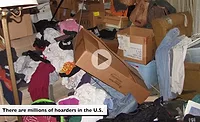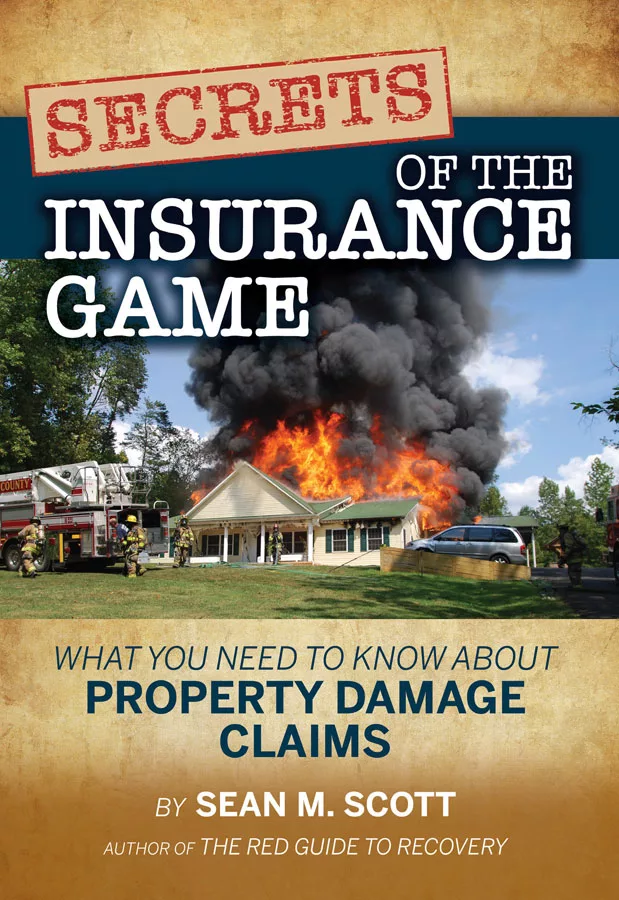The Psychological Impact of Hoarding Cleanup
For many business owners, expanding to include hoarding cleanup in addition to existing restoration and remediation services is seemingly an easy decision. For instance, you already have the proper PPE and overhead, there’s currently a big demand for such services and hoarding cleanup work doesn’t have the “shock and awe” and psychological impact on workers that trauma and crime scene cleaning does.
But as Heidi Lamkin, Absolute Bio-Recovery Services East, recently discovered on a job, that latter point isn’t always true.
|
Animal Hoarding: “The Worst I Have Ever Seen” Hoarding isn’t just relative to clutter, but to animals as well. In fact, it’s estimated that approximately 1,500 new cases of animal hoarding are discovered each year. Lamkin was recently called to one, as its cleaning was mandated by the local health department in the area. But what she and her crew encountered was far from standard. Upon entering, she discovered the home to have been inhabited by 30 cats and three dogs – not to mention the three human residents. But what made the job so notable wasn’t the amount of animals, but how the animals were eliminating. “The cats had been roaming the house for seven years and had long ago given up on using the overflowing litter boxes,” Lamkin says. “Consequently, they used any area they could find available as a litter box. In turn, the homeowner became overwhelmed by the mess and stopped doing any type of cleaning. The felines had sprayed almost every surface.” In addition to all the feces and urine, numerous items in the home were destroyed and there was also structural damage. Due to the massive amounts of cat feces and the associated disease potential, the job was treated as a bio-hazard situation and Level C PPE was worn by all technicians. Everything had to be removed from the home, including two deceased cats that were discovered underneath the couch. Following item removal, the entire house was cleaned, scrubbed, disinfected, steamed and sealed. This occurred on all walls, ceilings and floors. “Many of the floors will need to be torn out and replaced as well as the HVAC system,” Lamkin says. “But due to financial restraints, the owner had us do the minimal amount possible to be able to remain living in the home and pass an initial re-inspection.” |
It’s said that hoarding cleanup isn’t a job for everyone, but even seasoned professionals can struggle with what they experience on a job site. This was the case for Lamkin and a crew of five, all of who had at least one year’s worth of experience with the company, on a recent hoarding cleanup job of a small, one-story home.
“Saying that all hoards are ‘a mess’ is an understatement,” Lamkin says. “The difference with this house was that the sadness and mental instability of the person who had lived in the house was not only evident visually and overwhelming, even to the jaded eye of an experienced bio-remediation crew, but truly palpable.”
Upon entering the home, crews encountered countless unopened Christmas gifts strewn amongst beer cases, Champaign bottles, paper plates, plastic cups, frozen food cartons and bags of feces. In the next room, crew members were forced to climb over piles of trash that started at 2 feet in height. In the 20 x 40-foot family room, garbage was piled from floor to ceiling, wall to wall, burying a sectional couch, piano and other furniture. In the bathroom, they found no running water and a bathtub filled with feces.
In total, the cleanup crew filled six 40-yard dumpsters clearing out the home.
“It was evident that it had been a lovely, well cared for home,” Lamkin says. “There were two areas of the home that were, almost ominously, untouched by filth and clutter, a bedroom where a loved one had passed away and the small area that included a chair and table where that loved one had sat to read. Immediately around the chair and table, and in all other spaces, was total chaos.”
The job was so intense, that it caused one of the techs to walk off the job after the first day on the hoard.
“It was so disturbing for him – he just couldn’t handle it mentally,” Lamkin says. “Because of the nature of our work - between the crime and trauma scenes, hoards and infectious diseases we are exposed to, employees are clearly made aware of the possible risks and challenges when hired. Every tech has a breaking point and for this tech, this house was it.”
So what would Lamkin do differently on a job like this? Nothing, she says.
“They always know that if for some reason, whether it be physical or emotional, they cannot handle a job, they can opt out without a judgment call,” she said.
Regardless, the situation is evidence that even with the proper know-how and experience, there are some things that you just can’t prepare for – hoarding cleanup jobs included.
“Before each job, we have a ‘tailgate’ session in the morning and another at the end of the day,” Lamkin says. “We go over what the day will entail work-wise, any questions regarding protocol, safety, etc. The p.m. tailgate is a review. If any tech would need counseling (for emotional difficulties), we would make it available to them.”
Looking for a reprint of this article?
From high-res PDFs to custom plaques, order your copy today!






